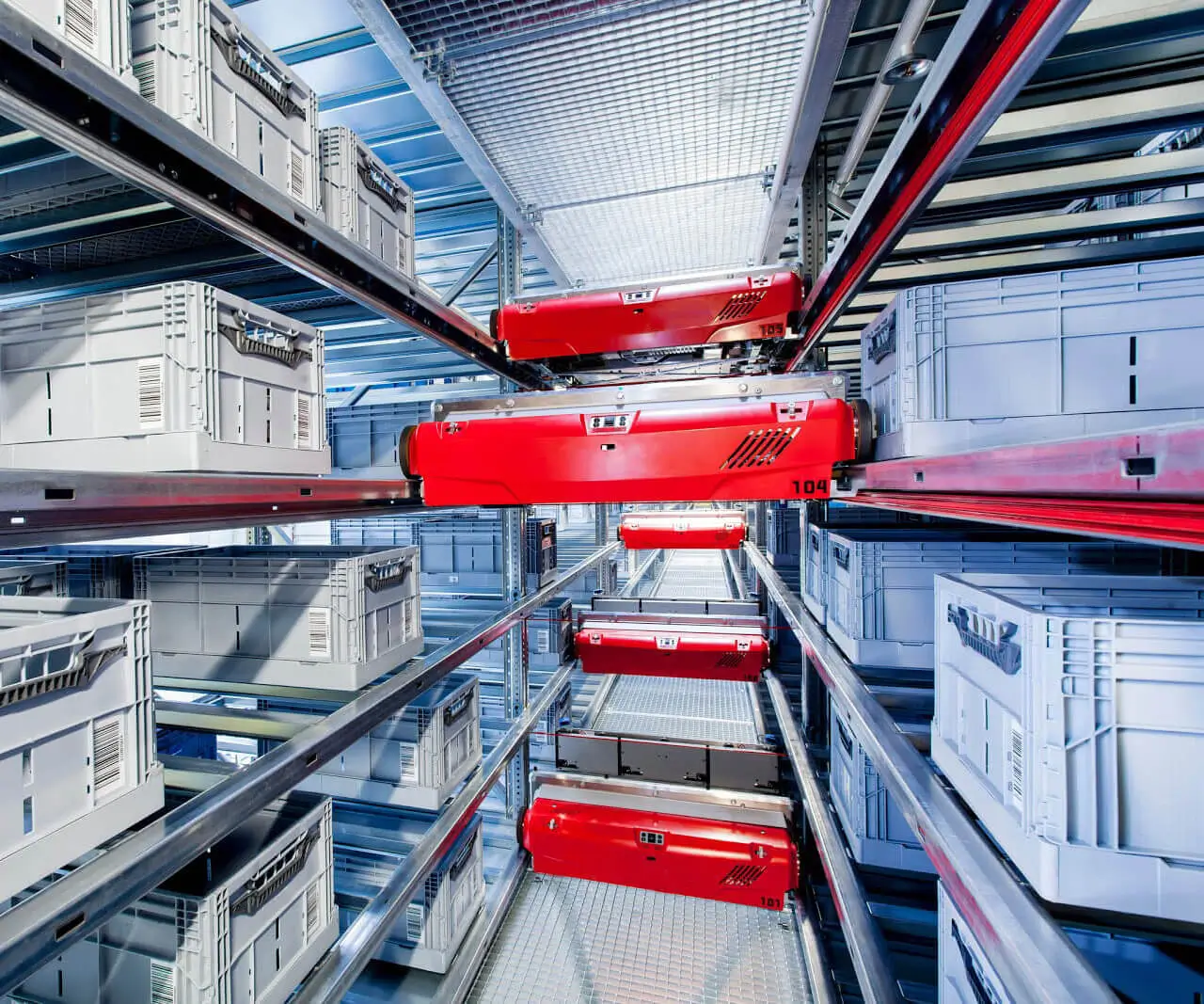Certainly! Here’s the first part of the soft article on "Connecting and Programming a Servo Motor with Arduino," formatted as requested. I'll deliver the second part afterward.

part 1:
Unlocking the Potential of Servo Motors with Arduino: An Easy Beginner’s Guide
Imagine a tiny device that can precisely control angular position, speed, and torque — that's the magic of a servo motor. Whether you're dreaming of building robotic arms, automated cameras, or remote-controlled vehicles, understanding how to connect and program a servo motor with Arduino opens a world of possibilities.
What Is a Servo Motor and Why Is It Popular?
A servo motor is a compact, powerful motor equipped with a built-in feedback sensor. Unlike standard DC motors, servos can rotate to specific angles, making them perfect for precise positioning tasks. Their popularity stems from their versatility, affordability, and ease of control, making them a staple in robotics and automation projects.
Getting Started: What You Need
Before diving into the wiring and coding, gather these essentials:
Arduino Uno (or any compatible Arduino board) Standard servo motor (like the SG90 or MG996R) Jumper wires Breadboard (optional, for organized wiring) Power supply (if using multiple servos or high-torque models) USB cable to connect Arduino to your computer
Understanding the Servo Motor Pins
Most servo motors come with three connection points:
Power (often red): Connects to 5V or the appropriate voltage Ground (black or brown): Connects to GND Signal (yellow, white, or orange): Receives control signals from Arduino
Wiring the Servo to Arduino
The simplest and most common setup is:
Connect the servo's power pin to Arduino's 5V (or external power if you have a high-torque servo) Connect the servo's ground pin to Arduino GND Connect the servo's signal pin to a digital PWM pin on Arduino, commonly pin 9
Be cautious: if you plan to run multiple servos or high-torque models, using an external power supply for the servos reduces stress on the Arduino's power regulator and prevents resets or erratic behavior.
Programming Your Servo: The Basics
To control a servo with Arduino, you will use the Servo library, which simplifies the process of writing control code. Here is a quick overview:
Include the Servo library. Create a servo object. Attach the servo object to the Arduino pin. Use functions like write() to set the position.
Here's a simple example sketch to test your setup:
#include Servo myServo; // create servo object void setup() { myServo.attach(9); // attaches the servo to pin 9 } void loop() { for (int pos = 0; pos <= 180; pos += 1) { // goes from 0 to 180 degrees myServo.write(pos); // tell servo to go to position in variable 'pos' delay(15); // waits 15ms for the servo to reach the position } for (int pos = 180; pos >= 0; pos -= 1) { // goes back from 180 to 0 degrees myServo.write(pos); delay(15); } }
What is Happening in the Code?
The Servo library simplifies PWM control. The attach() function designates which pin controls the servo. The write() function sets the position between 0 and 180 degrees. The delay() allows the servo to reach the position before moving to the next.
Troubleshooting Tips
Ensure your servo motor is compatible with 5V power supply. Use external power for multiple servos to avoid overloading the Arduino. Confirm wiring is correct, especially the signal pin. If the servo jitters or doesn't move, check your code, power source, and connections.
Beyond Basic Control: Adding Variability and Creativity
Once you've mastered the basics, you can experiment with adjusting the movement speed, adding sensors, or integrating servos into complex robotics projects. Imagine using potentiometers to control the servo position manually, or sensors like ultrasonic modules to make your robot react to distances.
I'll continue with part 2, expanding into advanced programming techniques, real-world projects, troubleshooting, and creative ideas to harness even more potential from your servo and Arduino combination.
Leveraging innovations in modular drive technology, Kpower integrates high-performance motors, precision reducers, and multi-protocol control systems to provide efficient and customized smart drive system solutions.




































